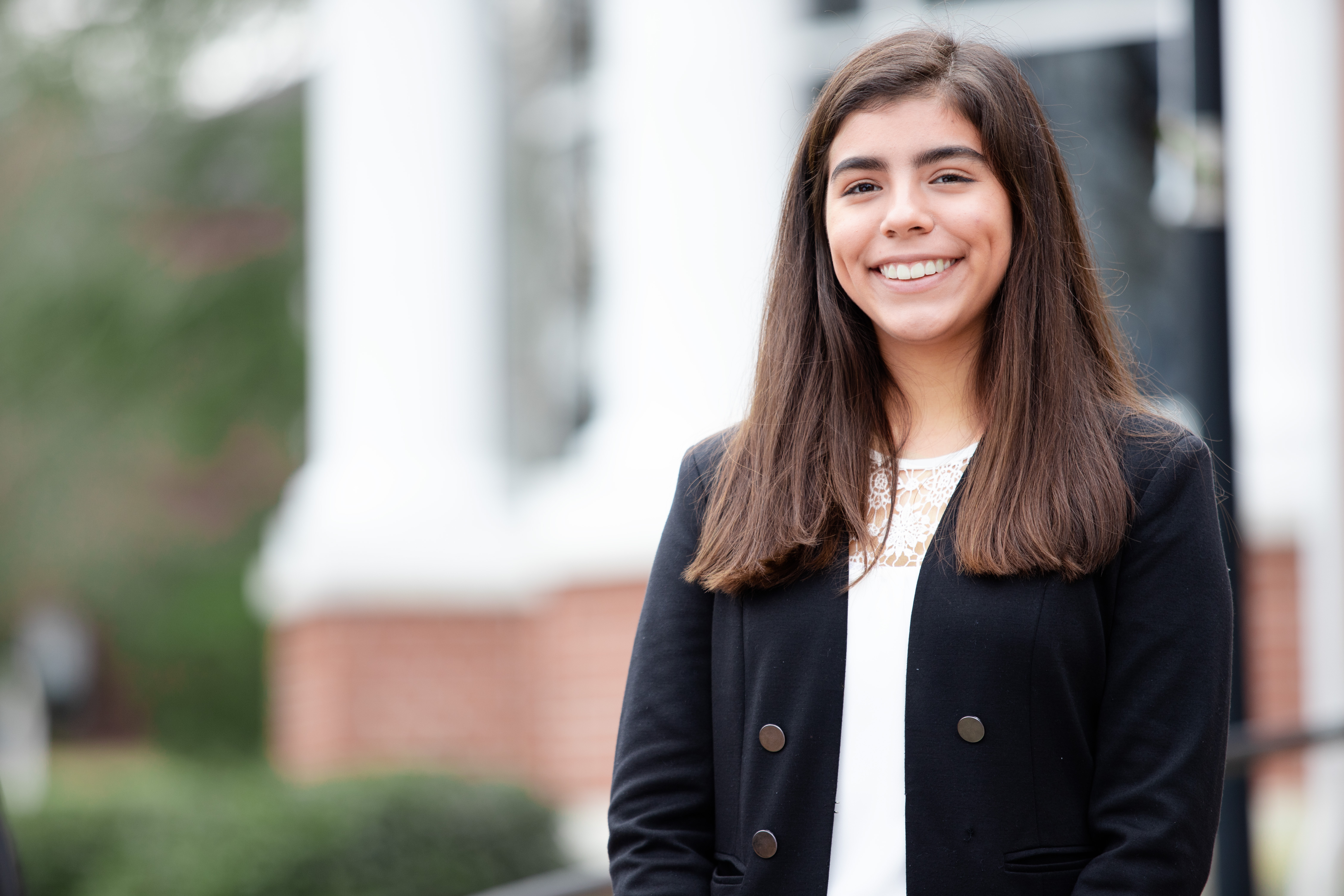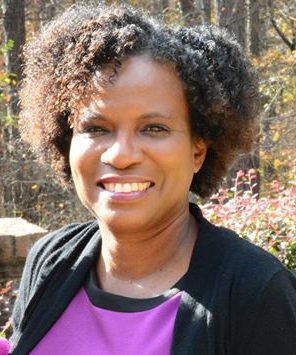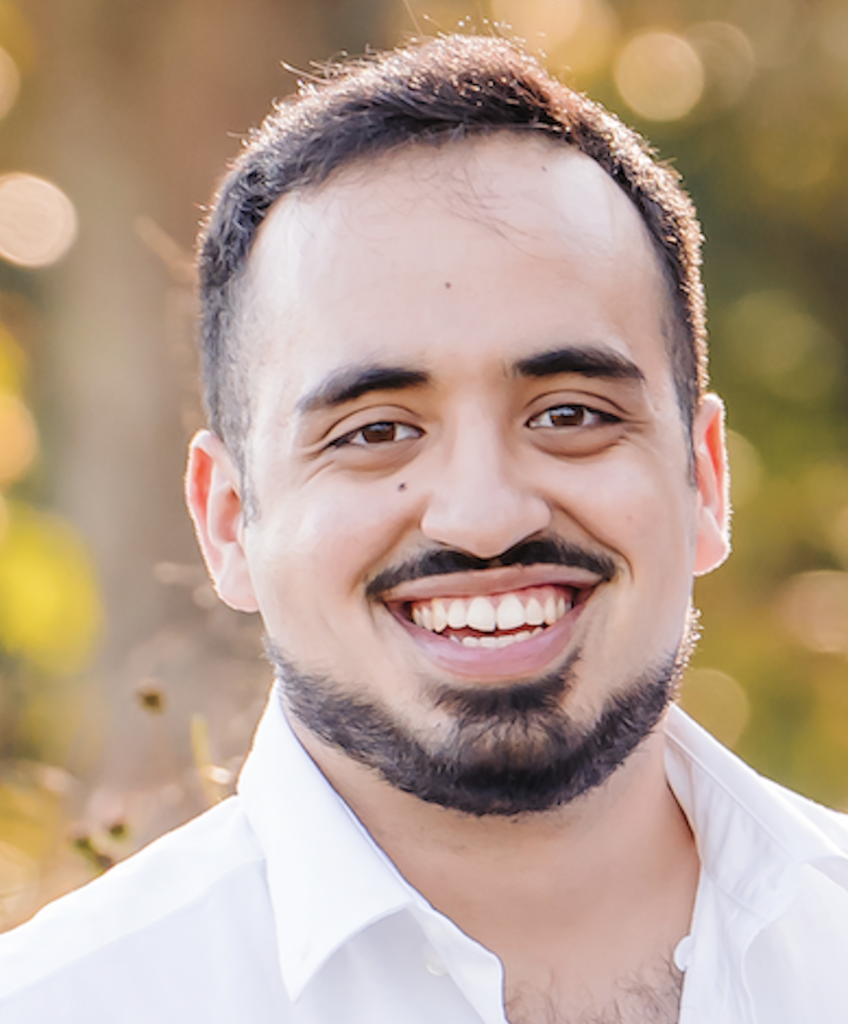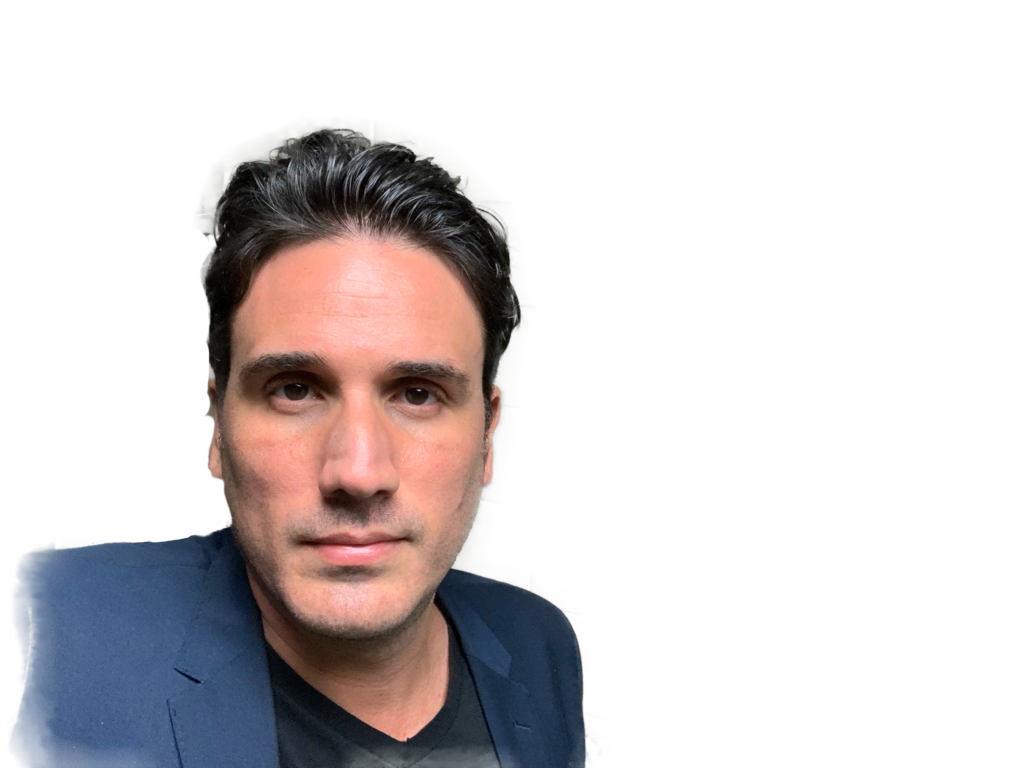
In 2018, Christian polling firm Barna Group reported that the percentage of people who identify as atheist or agnostic doubled between people born from 1999 to 2015 and people born before 1946. Although engagement in faith practices such as prayer and Bible reading are similar throughout all generations, younger people are less likely than their elders to identify as Christian, according to another Barna Group study conducted in 2019.
Considering the huge role Christianity played in founding the United States, how did the religious identity of the country change so much within less than a century?
According to Chuck Underwood, a generational researcher and the founder of The Generational Imperative, Inc., World War II played a significant role in changing the United States’ religious mindset.
“After World War II, six million fighting people came home from the war with the mindset: ‘How can I worship a god who would let that war happen?’ Many came home and passed on that value to their Boomer kids, and Boomers to their kids, and so on.”
Although the mindset originated with the World War II Generation, aka “The Greatest Generation,” Underwood said this generation still embraced the traditional religion in which they were raised. The change in religious perspective more greatly impacted Baby Boomers’ lifestyle choices.
“The prior generation said, ‘I need to fit my values to my religion.’ Boomers said, ‘I need to find a religion to fit my life,’” Underwood explained. “… Boomers wanted to explore or find faith or spirituality that fit more closely with their unique, core values. … [They] were the first to seek out a faith that fit their values, and they are still looking.”
Elie Graterol served the Adventist Church as a pastor for 17 years before becoming a full-time professor at Southern Adventist University’s School of Religion. While pastoring, he observed some of the traits Underwood reported among Adventist Baby Boomers.
Concerning Adventist conversion among Baby Boomers, Graterol said he saw mainly two patterns. He noticed that some Baby Boomers did not find fulfillment in pursuing self-gratification after rebelling against older generations’ values. They turned to the Church to find fulfillment and found it in Christianity. He also observed that some other Baby Boomers inherited their parents’ value of biblical principle and followed Adventism seriously.
Unlike the Baby Boomer generation, many people belonging to Generation X did not inherit a strong value of biblical principles from their parents, according to Graterol, who is also a member of Generation X.
“My generation was the result of this ‘free life’ of the Baby Boomers,” Graterol said. “A lot of unwanted babies are a part of my generation; a lot of divorce and brokenness are part of my generation. … So, my generation grew up without a point of reference simply because — and I am talking in a general way — they didn’t have parents — again in a general sense — who were with them and devoted time and attention and care and love toward them.”
Generation X grew up in a time where two-income households were more common, according to Underwood. Many Gen X children stayed at home alone while both their parents worked. In addition, Underwood noted that technology at that time was mostly solitary, unlike today when people can interact virtually through social media.
Because of this, Graterol noticed members of Generation X tend to value a sense of community in church. However, their desire for fellowship is not as strong as that of their successors, the Millennial Generation.
“Millennials, in particular, they will not come to church looking for theology,” Graterol said. “If they are looking for theology, they will just research it in Wikipedia or Google because they have access to that. They come to church because they are broken. They are looking for a place to belong.”
The spiritual and emotional damage caused by World War II trickled down to younger generations in the United States and in the Adventist Church. As a result, people today may approach religion differently from previous generations. However, the root of the situation remains the same for all: a desire to fill an emptiness and heal the brokenness in their lives.








